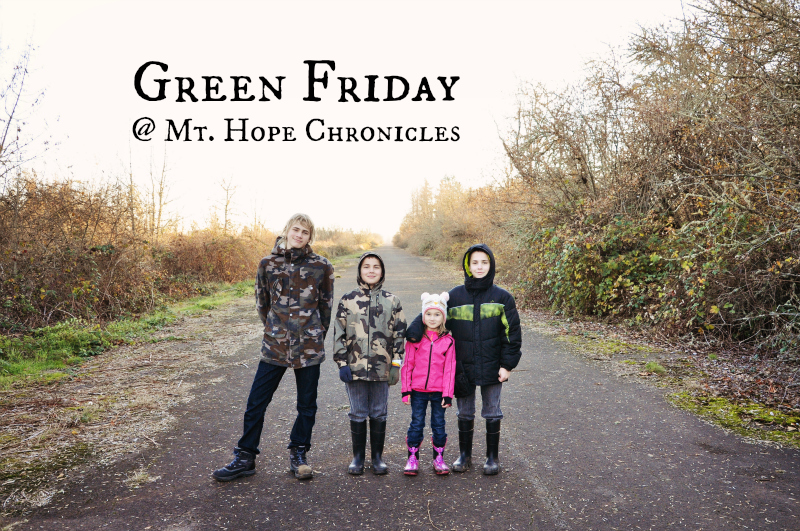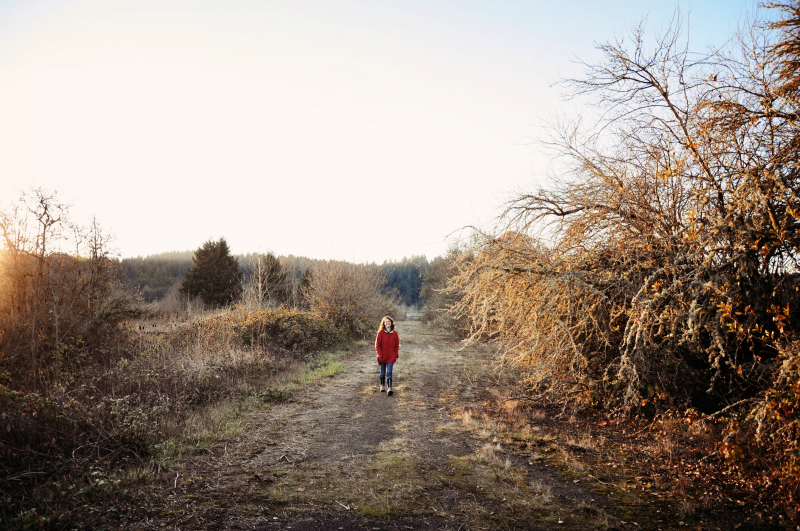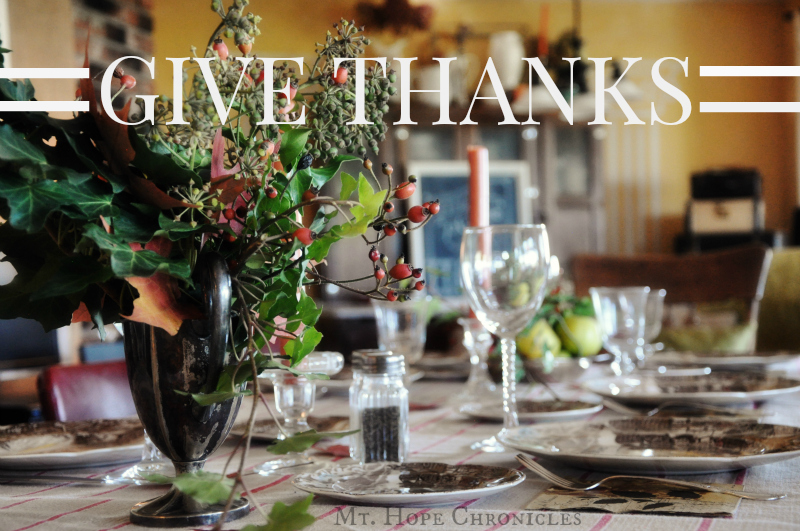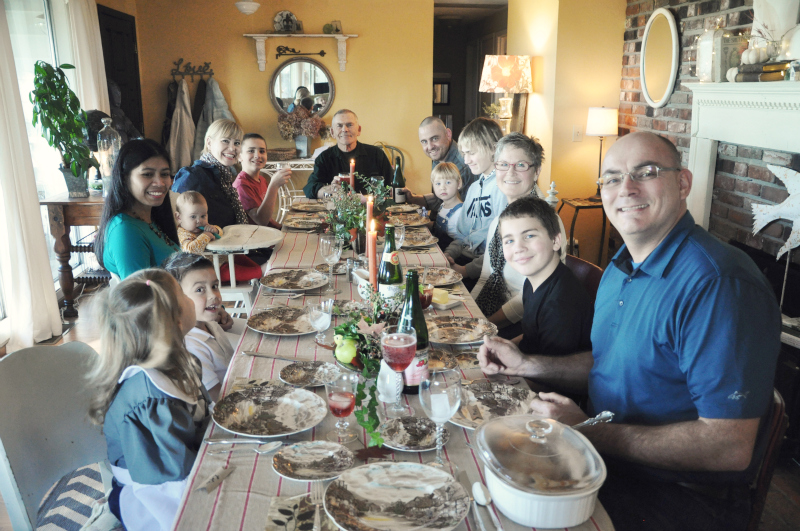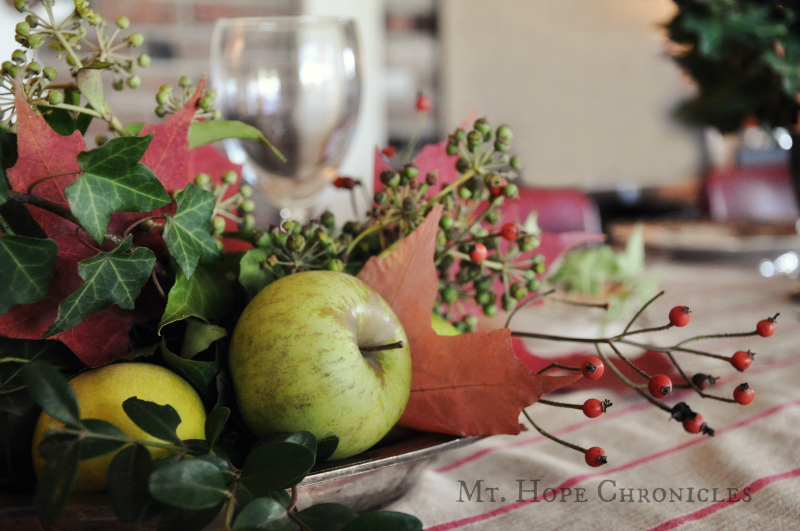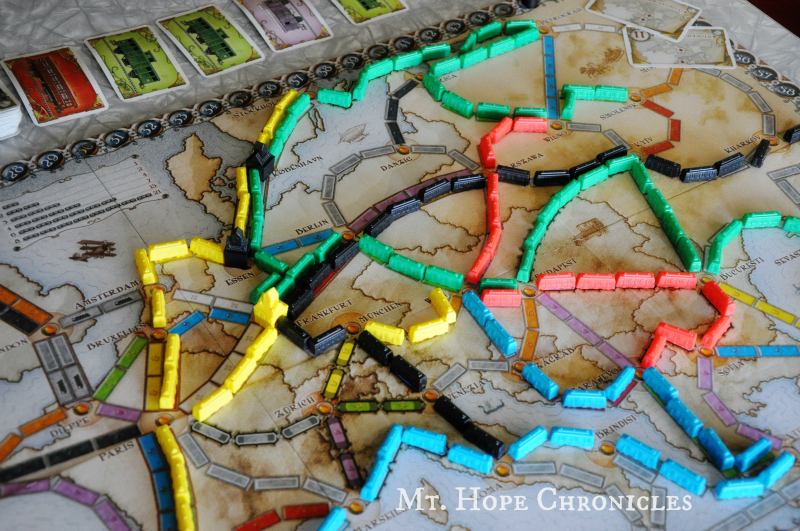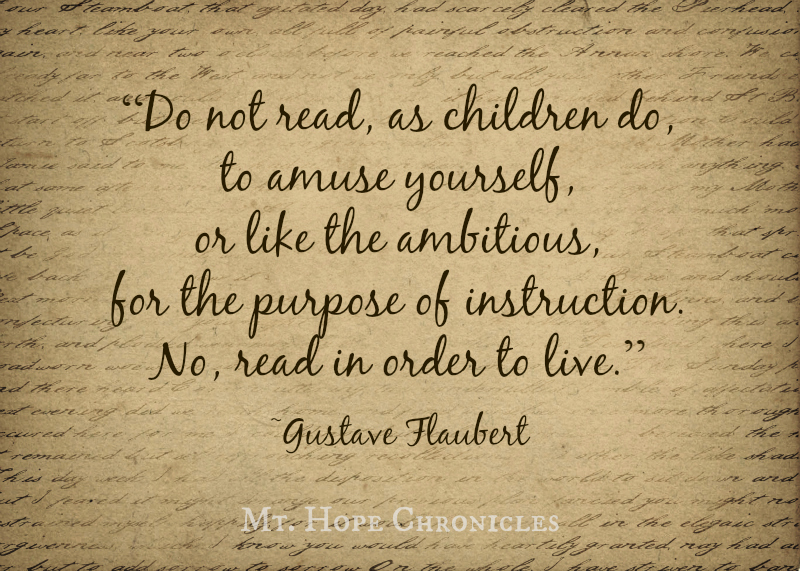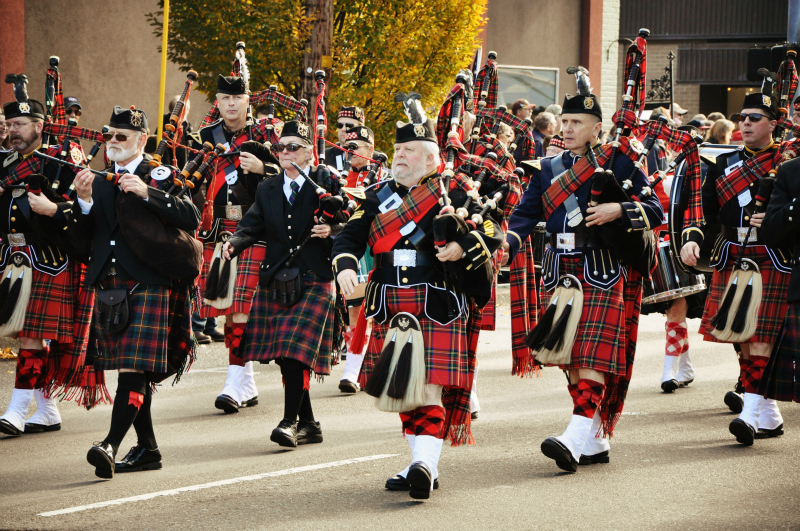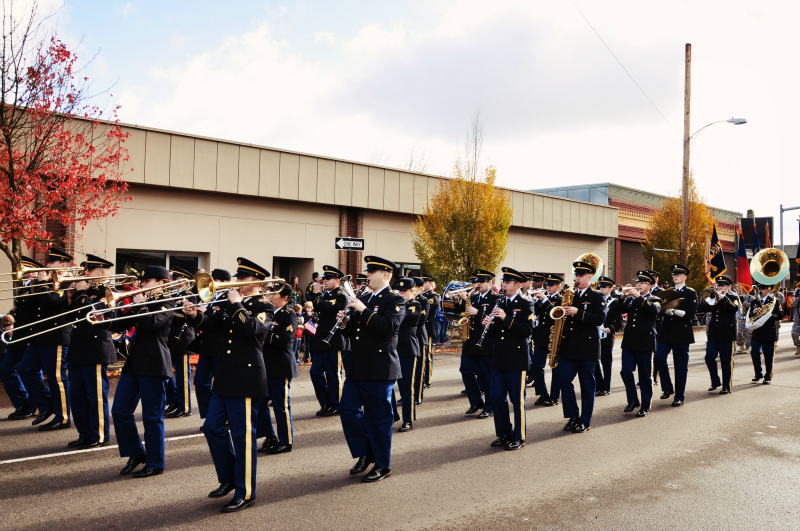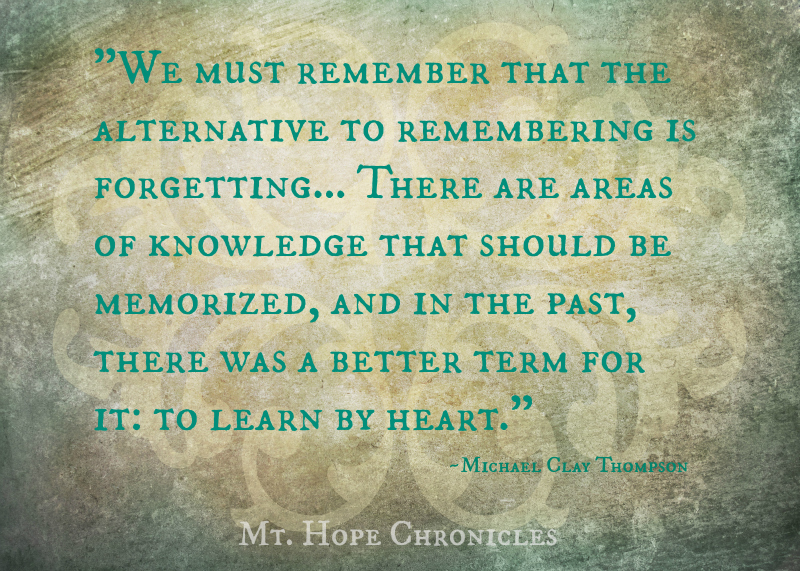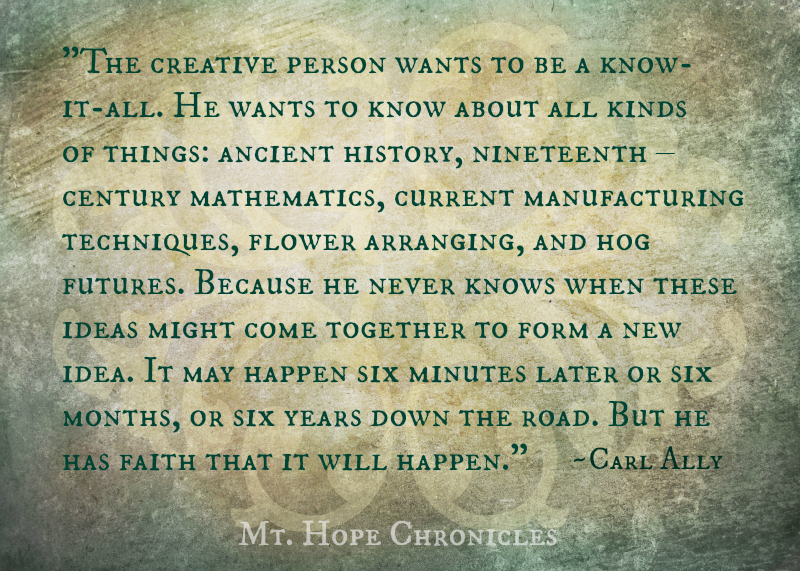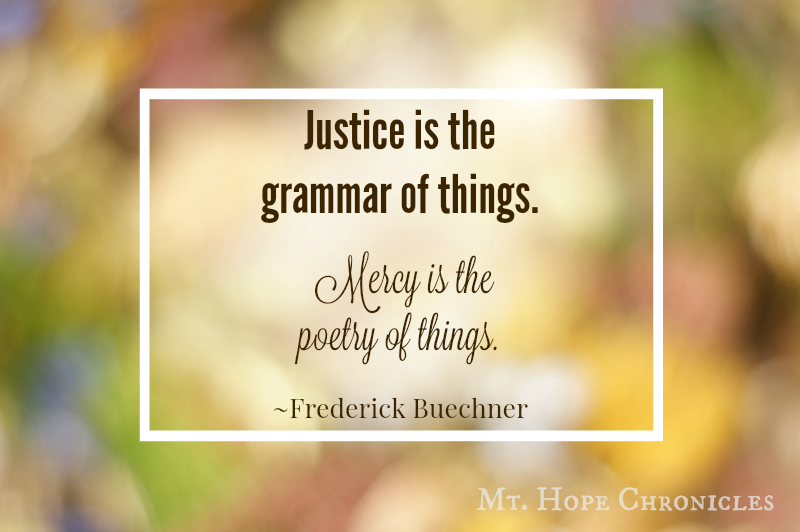
I haven’t waxed philosophical about The Lost Tools of Writing yet this season, so I’ll try to make up for lost time this month.
In this post I won’t go on and on about the brilliance of the 5 Common Topics of Invention and using The Lost Tools of Writing as a “thinking program.” [They still are and we still do, but there’s more!]
Instead, I’d like to talk about parallelism.
One of the very first tools of style or “elocution” a Lost Tools of Writing student learns to wield is parallelism.
[To wield means “to hold (something, such as a tool or weapon) in your hands so that you are ready to use it.” I love this imagery. It reminds me of the quote “A word after a word after a word is power” by Margaret Atwood. We are teaching our students to be powerful with their words and ideas!]
What is parallelism?
Parallelism, also known as parallel structure or parallel construction, is a balance within one or more sentences of similar phrases or clauses that have the same grammatical structure. Some definitions of parallelism include repeated single parts of speech.
The most common number of repetitions is three. (I believe I have heard Andrew Pudewa say “Thrice, never twice.”)
Two famous examples of parallelism (I apologize, I have ancient history on the brain):
“Friends, Romans, countryman, lend me your ears…” (Shakespeare, Julius Caesar)
“I came; I saw; I conquered” (attributed to Julius Caesar)
The first contains a repetition of three nouns, one after another. The second contains a repetition of three clauses (subject and verb).
Exact words can be repeated within the structure (such as the use of “I” for each clause in “I came; I saw; I conquered” or “a word” in the earlier quote by Margaret Atwood “A word after a word after a word is power”), but it is not necessary.
If you still don’t quite get it, stick with me. I hope the concept will be clearer by the end of the post.
Why parallelism?
Parallelism requires a student to be balanced and clear in the expression of his ideas.
Lost Tools of Writing students learn to write their persuasive essay proofs in parallel structure. This is a natural place for parallelism as the students list three reasons to support their thesis. We desire their reasons to be clear and balanced in order to be more persuasive.
For example, in our persuasive essay for Where the Red Fern Grows, our original thesis and proofs were as follows:
“Billy should have traveled to town alone to get his dogs for three reasons: his good character traits, he was prepared, his actions paved the way for his hunting successes.”
The structures in that list are adjective-adjective-adjective-noun, pronoun-linking verb-adjective, and adjective-noun-transitive verb-adjective-direct object-prepositional phrase. No similar structures. The sentence is clunky.
We changed the thesis and proofs to the following:
“Billy should have traveled to town alone to claim his dogs for three reasons: he possessed positive character traits, he prepared for the journey, and he paved the way for his future hunting success.”
Now, we have three similar clauses. “He” is the subject of all three clauses. We have three strong past-tense action verbs (with alliteration!): possessed, prepared, and paved. And we have a direct object, a prepositional phrase, and a direct object and a prepositional phrase. Not exactly alike, but the main body of each structure (clause with “he” followed by an action verb) is the same and we maintained a certain consistency of ideas. The new sentence sounds more persuasive to the ear.
When we outlined our persuasive essay for A Gathering of Days, we began with:
[Thesis] Catherine should not have left the blanket and food for the “Phantom.”
C. [Enumeration] 3
D. Exposition
1. Dangerous
2. No authority
3. No respect for property
We had to expand on the ideas in order to present them persuasively. In the end, we wrote the following:
“In A Gathering of Days Catherine had good intentions, but she should not have left the blanket and food for the “phantom” for three reasons. Catherine failed to protect herself and others from danger, she failed to obey the authorities over her, and she failed to respect the property of others.”
“Catherine” (or “she”) is the subject of each clause. “Failed” is the transitive verb in each clause. Each clause contains an infinitive (to protect, to obey, to respect) as a direct object. And each infinitive has a direct object with a prepositional phrase (herself/others from danger, authorities over her, property of others). These proofs are very closely parallel, and the ideas sound strong.
Have I lost you?
This may lead us to the next point.
Parallelism requires a certain proficiency of grammar.
Yes, the justice of things. Students need to know how the English language works in order to use it most intentionally and effectively. For some people, grammar (or justice) is not fun. But it is necessary. It gives consistency, clarity, and structure to our thoughts. It allows us to communicate more powerfully.
The wonderful thing about parallelism is that it is also poetry, which leads us to our next point.
Parallelism pleases the ear.
Parallelism lends a certain pleasing rhythm to a sentence or a paragraph. It gives it a musical, poetic quality. It enchants the reader or the hearer.
Literary devices that appeal to the senses (the sense of hearing in particular) are called schemes.
Parallelism leads to more complex literary devices used for a higher degree of rhetorical style.
Once students master the basics of parallel structure, they can use their knowledge and experience to create antithesis, anaphora, asyndeton, symploce, epistrophe, and climax.
Again, these devices give a powerful, poetic quality to writing and speaking.
I love this building process.
In Teaching Writing with Structure and Style from Institute for Excellence in Writing (which Classical Conversations uses for kids ages 9-12 in the Essentials classes), students learn the advanced “decoration” (or style tool) “Triple Extensions” by repeating words, parts of speech, phrases, or clauses. Students (and parents!) in Classical Conversations Essentials classes also receive a firm foundation in English grammar.
With Lost Tools of Writing (used in Challenge A, B, and I? for kids 12 and older), students learn the formal rhetoric terms “elocution,” “scheme,” and “parallelism,” and learn to build parallel structures in their writing.
Then, students use this parallel structure to learn new literary devices.
There’s an intentional purpose and sequence and progression of complexity. It’s beautiful, really.
In Classical Conversations Challenge B, students have just learned to use antithesis in their writing. Antithesis “juxtaposes two contrasting ideas in parallel form… sometimes parts of speech made exactly parallel, sometimes with a looser structure” (mercy!).
There are many, many examples of antitheses in literature and speeches. One benefit of antitheses is that it is memorable. One famous example:
“That’s one small step for man; one giant leap for mankind.” (Neil Armstrong)
This sentence uses parallel phrases. “Small step” is contrasted with “giant leap” and “man” is contrasted with “mankind.”
Our opening quote uses antitheses in its parallel clauses, as well. “Justice” is contrasted with “mercy” and “grammar” is contrasted with “poetry.”
In our recent essay on Where the Red Fern Grows, we wrote:
“While he was pulling away from his parents, he was bonding with his dogs.”
This sentence uses parallel clauses. “Pulling away” contrasts with “bonding” and “from his parents” contrasts with “with his dogs.”
Do you see how that works?
This is just a brief, imperfect introduction. It’s not meant to lead you to mastery. And, certainly, I’m not close to mastery, myself. I am, however, fascinated by words and structure and ideas, and I’ve found playing with parallelism to be great fun. I have also found myself noticing parallel structure in everything I am reading!
I’ll end this introductory post with a small sampling from my recent book stack, from picture books to Paradise Lost.
Examples from Literature
Hamlet, retold by Leon Garfield
The stars glared, the battlements shuddered, and Hamlet’s heart ceased as the terrible word was uttered. [independent clauses: adjective, noun, past-tense verb]
But Hamlet’s strangeness had already troubled the smooth surface of the court, puzzled the smiling King and vaguely distressed the easy Queen. [verb phrases: past-tense verb, adjective/article “the,” adjective, direct object; you’ll notice an added prepositional phrase with the first verb phrase and an –ly adverb with the third]
They wore their paper crowns, clutched their wooden swords, and shrugged their patchwork gowns with a dusty dignity and a seasoning of pride. [verb phrases: past-tense verb, adjective “their,” adjective, direct object]
“Thoughts black, hands apt, drugs fit, and time agreeing,” he hissed; and crept towards the sleeper with a black cloak trailing, like some malignant bat. [noun phrases: noun, adjective—these noun phrases are particularly forceful and poetic with the adjective appearing after the noun]
Crispin: The Cross of Lead by AVI
Above and below the church were our dwelling places, some forty cottages and huts of wattle and daub, thatch and wood, dirt and mud, all in varying shades of brown. [noun phrases, compound objects of the preposition “of”: noun “and” noun]
Stiff in limb, chilled in bone, numb in thought, I shifted about. [adjectival phrases: adjective, preposition “in,” object of the preposition]
Where the Red Fern Grows by Wilson Rawls
I had the wind of a deer, the muscles of a country boy, a heart full of dog love, and a strong determination. [direct object noun phrases: adjective/article, noun, adjectival prepositional phrase with “of” repeated in each]
The Master Swordsman by Alice Provensen
“How heavy the pails! How endless the wood! How far the well!” [adjectival phrases]
‘“LOOK SHARP!” glugged the jug… “ATTENTION!” clacked the box… “BE ALERT!” creaked the log. “THAT’S THE WAY” wheezed the teapot.’ [clauses: verb, subject]
The Hiding Place by Corrie Ten Boom
Usually it was fog in January in Holland, dank, chill, and gray. [“Triple Extension” adjectives]
On me—until Betsie caught up with them—hems sagged, stockings tore, and collars twisted. [clauses: subject, verb]
Some great examples of antitheses in The Hiding Place:
Adventure and anguish, horror and heaven were just around the corner, and we did not know. [Nouns: adventure/anguish, horror/heaven… and alliteration as well!]
Young and old, poor and rich, scholarly gentlemen and illiterate servant girls—only to Father did it seem that they were all alike. [Nouns: young/old, poor/rich, scholarly gentlemen/illiterate servant girls]
Here we sat, our backs chilled by the ancient stone, our ears and hearts warmed by the music. [Noun phrases: backs/ears-hearts, chilled/warmed, by the ancient stone/by the music]
Paradise Lost by John Milton
Treble confusion, wrath and vengeance pour’d. [Nouns]
Is this the Region, this the Soil, the Clime, Said then the lost Arch Angel, “this the seat That we must change for Heav’n, this mournful gloom For that celestial light? [Noun phrases with repeated “this”] [We have a little antitheses at the end—”this mournful gloom” is contrasted with “that celestial light.”]
Antithesis:
Better to reign in Hell, than serve in Heav’n. [Spoken by Satan, by the way.] [Infinitive phrases: reign/serve, Hell/Heav’n]
And one bonus example. Chiasmus is another literary device that employs a parallel structure. It is a repetition of words in reverse:
The mind is its own place, and in itself Can make a Heav’n of Hell, a Hell of Heav’n.
I challenge you to discover parallel structure in your own reading.
I’d love it if you shared examples in the comments!


